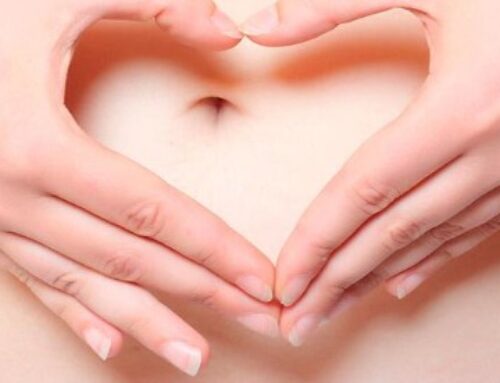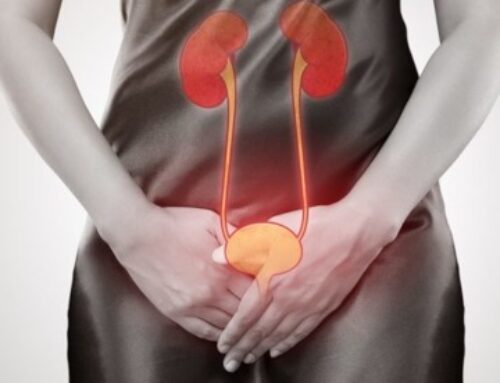Everything that exists in the universe exists within us
Ayurveda is based on the five elements, ákash (ether / space), vayu (air), agni (fire), jala (water), pruthvi (earth).
Each element has different properties and manifests differently in the body. These are:
Ákasha (ether) – emptiness, lightness, subtle, omnipresent, permeable, formless;
Vayu (air) – movement, dryness, lightness, mobile, cold;
Agni (fire) – luminosity, heat, intensity, chemistry, clarity, energy;
Jala (water) – fluidity, weight, viscosity, density, cohesion;
Pruthvi (earth) – stability, rigidity, weight, hardness, firmness, density, motionless.
For example, an organ as small as the eye to perform its function needs structure (earth), lubrication (water), light / vision (fire), movement (vayu), space (ether).
When there is physical and / or mental imbalance in the natural functioning of the elements, we speak of doshas.
Doshas are identities that addict our body, responsible for metabolism (anabolism and catabolism), when imbalance is formed, diseases occur.
Doshas are important for self-awareness. By being able to understand our physical and mental nature more deeply, we can balance ourselves according to our dosha through lifestyle, breathing exercises, exercise, food, medication when needed.
There are three doshas: vata, pitta, kapha.
VATA dosha is related to the ether and air elements.
Connected with the nervous system, responsible for all kinds of movement of body and mind.
Properties: dry, light, cold, hard, subtle, moving;
Physical characteristics:
– Thin;
– The appetite is variable;
– Stools are usually low in quantity, hard, sometimes constipated and gassed;
– The skin tends to be dry;
– The eyes are small and unstable;
– thin and dry lips;
– Feels uncomfortable with cold and dry places;
– Likes heat;
– Tendency for nervous diseases such as stress, depression, insomnia, among others;
– Feels more pain than other doshas.
Psychological Features:
– Has low concentration;
– Perceives easily but easily forgets;
– Has difficulty making decisions;
– is concerned and enthusiastic;
– Has a nervous, unpredictable, agitated and nervous temperament;
– Feels afraid easily;
– Sleep is light and disturbed;
– Speak fast and a lot;
– Make friends easily.
PITTA dosha is related to the fire and water elements.
Connected with digestion, body heat, digestive enzymes, endocrine system, bile, responsible for digestion;
Properties: slightly oily, warm, light, liquid, odor.
Physical characteristics:
– The constitution is medium and muscular;
– Good appetite and good digestion;
– Stools are large and soft;
– The skin is oily with a tendency to blisters;
– The eyes are sharp and red;
– The lips are medium and red;
– Feels uncomfortable with the heat and the sun;
– Likes cold and ventilated places;
– Tendency to high fevers and inflammation;
Psychological Features:
– Has good memory, insightful and clear;
– Easy decision making;
– Critical and aggressive;
– It is organized;
– gets angry easily, impatient;
– Sleeps moderately;
– Argues easily;
– Easily makes good friends but also enemies;
– Selective.
KAPHA dosha is related to the elements earth and water.
Fills the intracellular spaces of the body (eg connective tissue), is responsible for the thick structure of the body.
Properties: Oily, Cold, Heavy, Slow, Soft / Soft / Quiet, Sticky.
Physical characteristics:
– Strong / wide constitution;
– Tendency for obesity;
– Poor appetite, slow digestion;
– The stools are solid, moderate, sometimes with mucus and itching;
– The skin is smooth and well lubricated;
– The eyes are large and white;
– The lips are thick and smooth;
– Feels uncomfortable with cold and humid places;
– Likes temperate places;
– Usually prone to breathing problems, congestion.
Psychological Features:
– It takes time to remember but then never forget;
– It takes time to make decisions;
– The mind is slow and lethargic;
– Is calm and attached;
– Has an easy temperament;
– Needs a lot of sleep;
– Sleep is heavy;
– Speak little and slowly;
– It’s loyal with many friends.
Depending on lifestyle, age, seasons, dosha may change.
The three doshas exist all over the body, but usually one or two doshas predominate.
Identifica-se mais com algum dos doshas?
Do the doshas test to confirm. But first, think which one you think is prevalent right now. Confirm How Much You Know Yourself 😉





